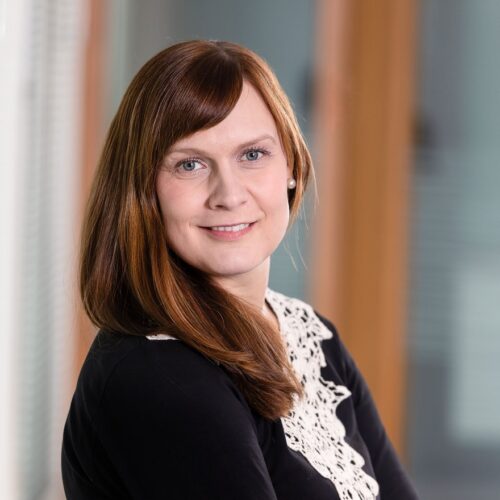What is significant in last year’s fuel mix in district heating production is that the volume of waste was up by 14 per cent and heat recovery mainly with heat pumps increased by as much as 20 per cent, says Director Jari Kostama.At the national level, 37 per cent of district heating is now carbon neutral, and 54 per cent of it is produced with domestic fuels.
In terms of conventional fuels, the share of peat fell from just over 15 per cent to 13 per cent. However, the amount of coal grew from 21 to 26 per cent. Natural gas fell from just over 20 per cent to less than 18 per cent. – The increased use of coal is simply due to price ratios. Market price for coal has been favourable while natural gas has become even more expensive than before as a result of tax solutions, and therefore the balance has naturally tipped in favour of coal, Kostama points out.
According to him, investments launched by energy companies in the next few years will result in a significant reduction in the use of coal also in combined heat and power generation.
District heating is by far the most popular heating method in new buildingsIn 2016, sales of district heat energy amounted to 33.6 TWh, and the value of sales including taxes totalled EUR 2.5 billion. The average price of district heat was 7.5 c/kWh last year.There are 2.7 million people living in houses heated with district heating.District heating is Finland’s most popular heating method. Its share of the heating market (residential and service buildings) is 46.1 per cent. Lagging clearly behind are electricity (18.2%) and heat pumps (13.4%).- Demand for the much-discussed geothermal heat seems to have declined in the past few years, whereas district heating has gained in popularity especially in new buildings. A total of 1,850 new buildings joined the district heating network in 2016, an increase of almost 11 per cent on the previous year, Kostama emphasises.
Customers switching to district heating from other heating methods totalled 650 last year, whereas in the year before this figure was 630. There were also customers who switched from district heating to geothermal heating, but only 130, and in 2015 this figure was 115.The continuing popularity of district heating is supported by VTT’s study, which estimates that district heating meets 50–76 per cent of heating energy demand in new buildings.
Among the cheapest in the EU measured in purchasing power paritiesA study on district heat prices in European countries was conducted in Sweden last year (District Heating Price Series, Sven Werner Energiforsk). According to the study, Finland is the ninth least expensive in terms of absolute prices and, with the exception of Iceland, it has the cheapest district heat prices in the Nordic countries.
In a comparison measured in purchasing power parities, Finland is doing even better with the fifth most favourable prices. However, of the other Nordic countries, Norway edges ahead with a euro’s margin.
District cooling sales grew by 10 per cent The demand for district cooling grew by 10 per cent on the previous year, and sales increased to 204 GWh. Such a big increase was boosted by the fact that in 2015 the demand for district cooling had fallen by five per cent due to a cool summer.
However, growth was also achieved compared with the previous year 2014, and now the demand for district cooling exceeded 200 GWh for the first time.
The increased number of customers is reflected by the growth in the customers’ contracted capacity where the annual increase has been in excess of 10%. The growth explained by the expansion of existing systems and the entry of new towns. Last year, district cooling operations were launched in Jyväskylä. The supply of district cooling is also starting in Kuopio.
Further information:
Jari Kostama, Director, tel. +358 50 301 1870
Taina Wilhelms, Senior Adviser, tel. +358 40 548 7145
Our experts on this topic

electricity production climate policy

Corporate responsibility and environmental regulation